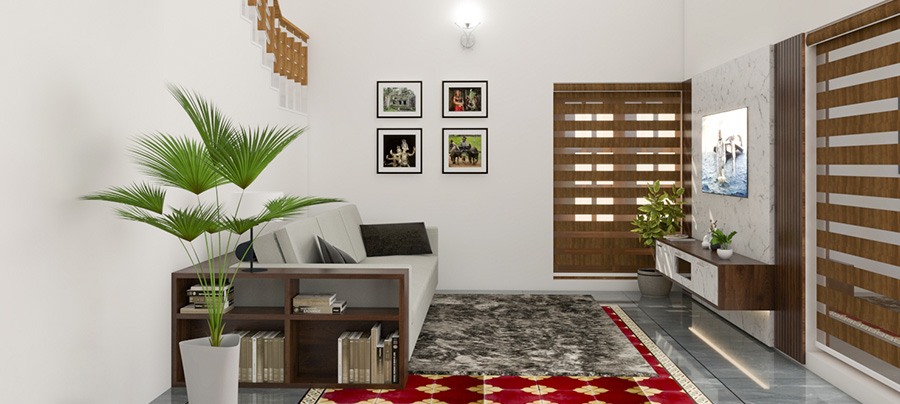
Residential - Design
Residential interior design is the art and science of enhancing the interior of a home to create a comfortable and aesthetically pleasing living environment. It involves understanding the homeowner's needs, preferences, and lifestyle to design spaces that are both functional and beautiful. Residential interior designers work with clients to choose colors, furniture, fabrics, lighting, and accessories that reflect their personal style while optimizing space utilization and flow. Whether it's a single room makeover or a full home renovation, residential interior design aims to transform houses into inviting and harmonious retreats that cater to the unique tastes and needs of the occupants.


Execution
Residential interior design and execution encompass the comprehensive process of conceptualizing, planning, and implementing interior spaces within a home. It involves a seamless integration of creativity, functionality, and practicality to enhance the living experience for homeowners.At the outset, designers engage in thorough consultations with clients to understand their lifestyle, preferences, and aspirations. This initial dialogue sets the foundation for the design process, enabling designers to tailor solutions that reflect the client's personality and meet their specific needs. Following the conceptualization stage, designers proceed to space planning, where they optimize the layout of rooms, furniture, and fixtures to maximize functionality and flow. This includes considerations for traffic patterns, ergonomic design, and spatial organization to ensure efficient use of space.
The selection of materials, finishes, furnishings, and decor elements is a crucial aspect of the design process. Designers work closely with clients to curate a palette of colors, textures, and styles that resonate with their aesthetic preferences while maintaining harmony and cohesion throughout the home.Once the design plan is finalized, the execution phase begins. This involves coordinating with contractors, craftsmen, and vendors to bring the design vision to life. From structural modifications to electrical and plumbing installations, every aspect of the project is carefully managed to ensure quality, precision, and adherence to timelines. Throughout the execution phase, designers oversee the implementation of design elements, including furniture installation, lighting fixtures, window treatments, and accessorizing. Attention to detail is paramount, as designers strive to create a cohesive and harmonious environment that reflects the client's vision and exceeds their expectations.
Upon completion of the project, designers conduct final walkthroughs with clients to ensure satisfaction and address any remaining concerns. The result is a transformed living space that not only enhances the aesthetics of the home but also improves functionality, comfort, and overall quality of life for the homeowners. In essence, residential interior design and execution is a collaborative process that combines creativity, expertise, and attention to detail to create personalized and inspiring living spaces that reflect the unique lifestyle and tastes of the inhabitants.

